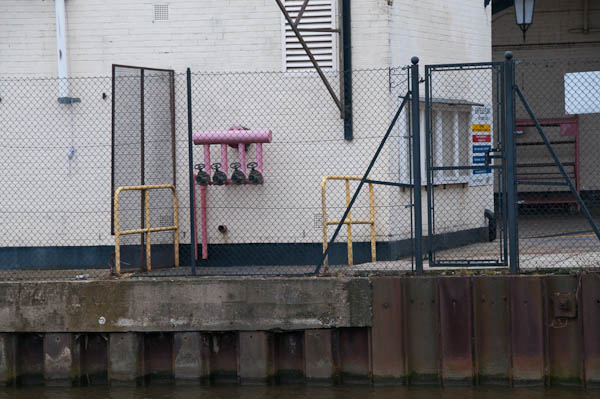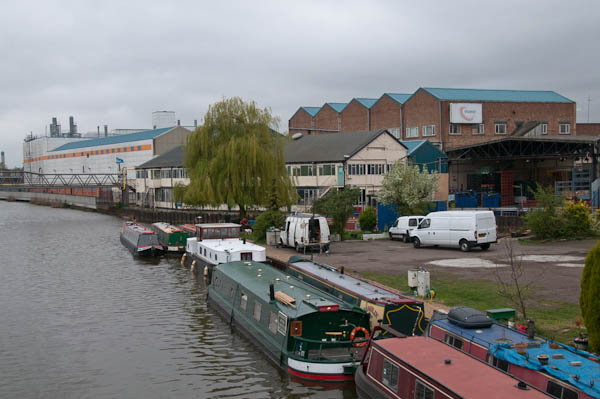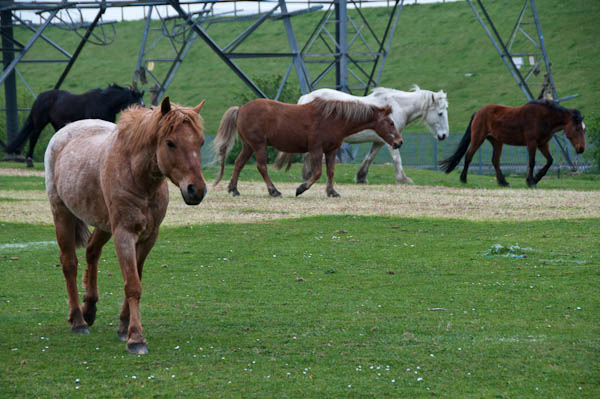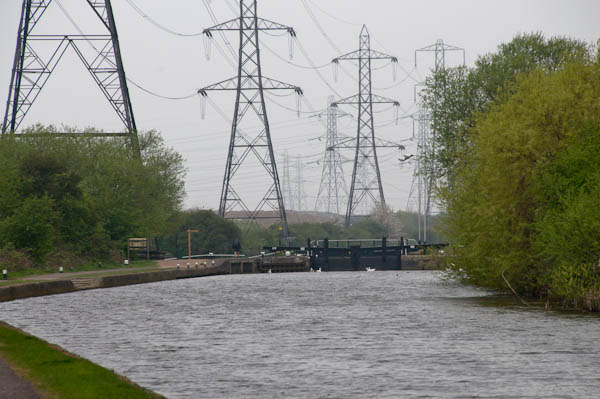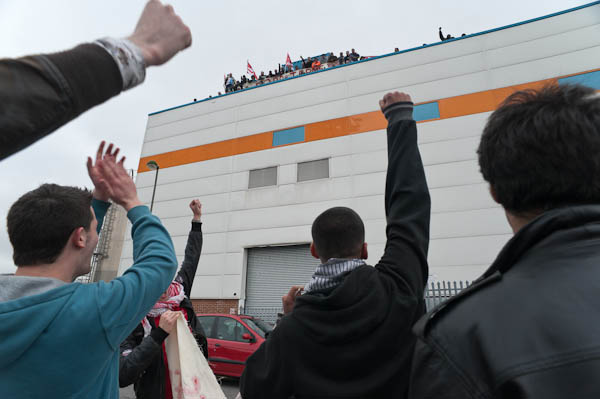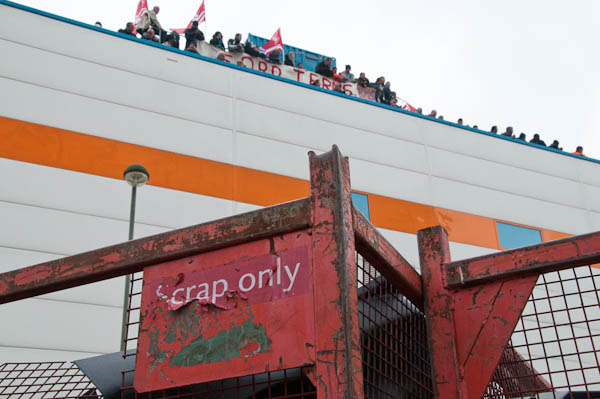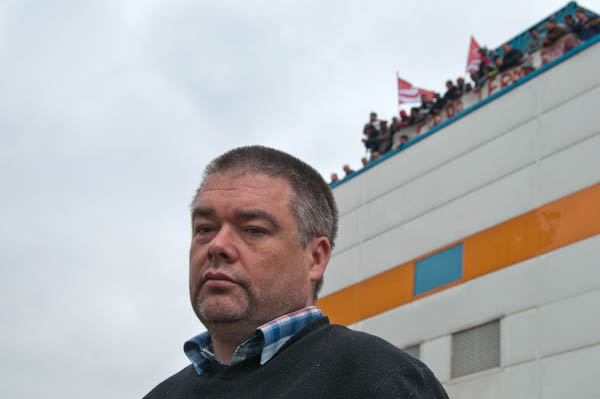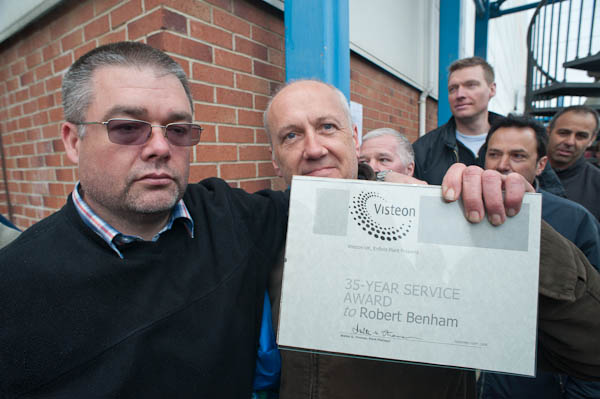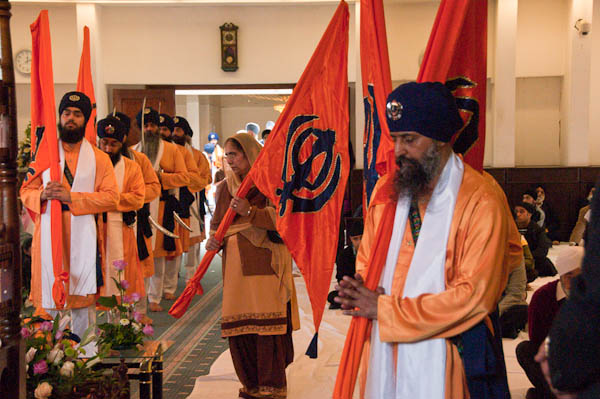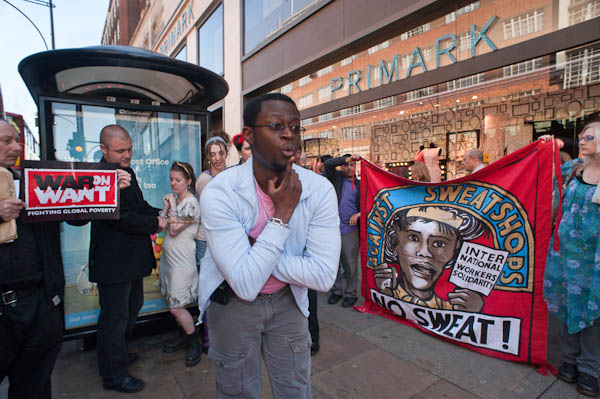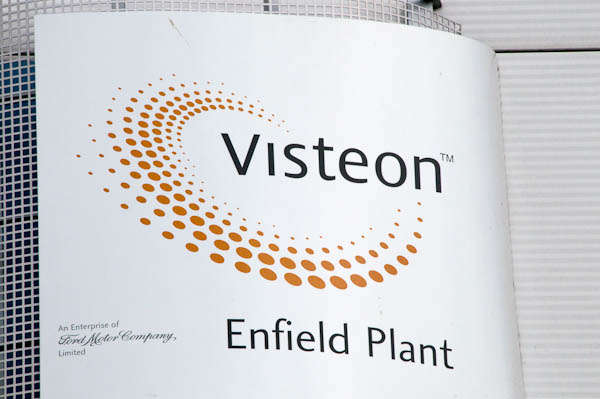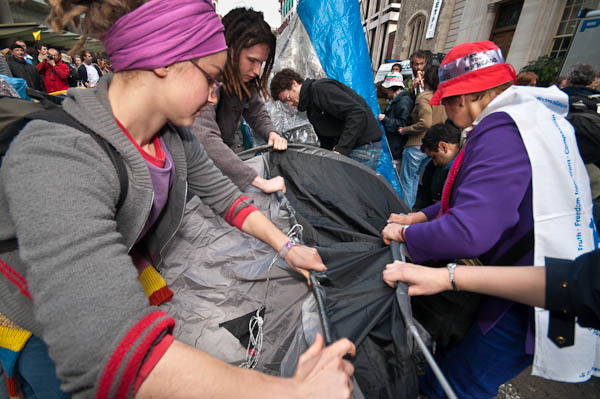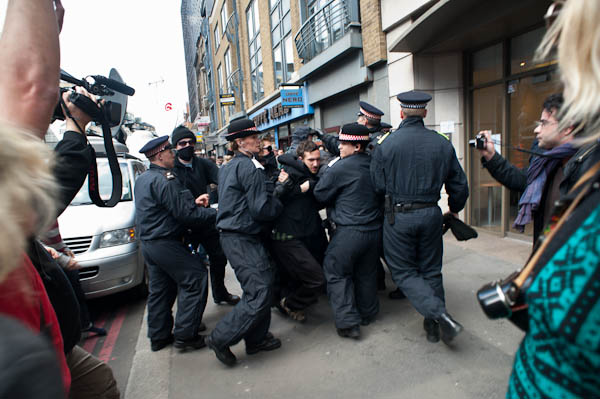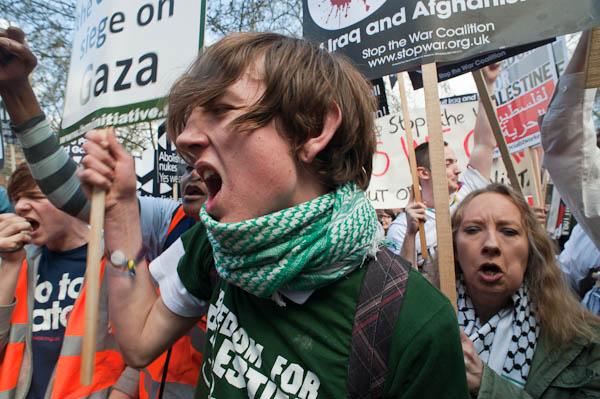I was sorry to miss the 21st birthday celebrations of London Independent Photography last night, but I didn’t feel up to it. As the first membership secretary of LIP I was also member No 1 and my membership card still has that number.
LIP was started by a small group of enthusiasts who had attended courses at Paul Hill‘s workshop’s in Bradbourne, Derbyshire and had wanted to form a group to continue their interests in photography. At the time I was involved in two groups in London, both loosely organised, one around the young photographers group that met monthly at the Photographers’ Gallery, and the other, Framework, organised by Terry King with help from myself and others that had been meeting at various places in west London for around ten years. There were also other groups around the capital, including the ‘Box Brownies‘ in East London.
I think the PG had for some time been looking for a way to get rid of its group, which was troublesome and showing rather too much independence, and jumped at the chance to encourage someone else to take over the work. The inaugural meeting and some early events of LIP were held on its premises, almost 22 years ago. But the first real event held by LIP was a ‘Blutak show’ to which 46 photographers (half the membership) arrived with pictures to stick on the wall of the Hammersmith and West London College on 26 Sept 1987. The first AGM was held at another ‘Blutak Show‘, this time at the Drill Hall in Chenies St, on 23 Jan 1988.
Framework had been very much a group about photographers sharing enthusiasms, discussing their work in progress and exhibiting together, but unlike LIP never felt the need for a constitution or formal membership. Over the years an impressive list of photographers showed with us, including Paul Baldesare, Sandra Balsells, Jim Barron, James Bartholomew, William Bishop, Edward Bowman, Robert Claxton, Charles Coultas, Townly Cooke, Steve Deakin, Richard Eldred, Lynn Fuss, Carol Hudson, Richard Ingle, Peter Jennings, T Herbert Jones, Lucie Jones, Terry King, Kirsty McLaren, Virginia Khuri, David Malarkey, Peter Marshall, Tony Mayne, Yoke Matze, Franta Provaznik, Derek Ridgers, Mike Seaborne, Len Salem, Jo Spence, Clive Tanner, John R J Taylor, Suzi Tooke, Laurence Ward, Randall Webb and Anton Williams, Robin Williams and Scott Younger (apologies to those I’ve missed out) and others brought their work to show and talk about with the group. Many of those involved were also LIP members, but it also contributed to LIP in other ways, both by providing the portfolio that got LIP it’s first show at the Mermaid Theatre and also as the model for the local groups (Satellite Meetings) which have for a long time been the most vital part of LIP. But with the formation of LIP it was more or less inevitable that Framework would come to an end, which it did a few years later.

LIP was also fortunate to have Roger Estop as the first editor for its newsletter, which soon developed into rather more of a magazine, with some serious (as well as some fairly humorous) writing about photography. His final issue, entitled ‘Show‘ was an all picture issue showcasing members work. After a short interregnum I became editor of ‘LipService’, producing 3 issues a year for 5 years.

I also wrote much, if not most of the content, and in 1997 decided to start putting LipService on line. It can probably claim to have been the first serious on line photography magazine, and you can still read some of the issues in their original format, for example the November 1998 issue, which I think was the first issue to use colour, as I’d just bought a colour scanner. The March 1998 issue has what I think is an important document for those concerned with the history of recent British photography, a review by Paul Trevor of a book about Camerawork.
By the time I gave up editing LipService – having been poached by an editor who had read the online issues to write the ‘About Photography‘ web site, I had decided that there was little point in continuing with a print issue, but I failed to persuade the other LIP members on that point. I still hope at some point it is a path LIP will decide to take!
Although I continued to show work in the annual exhibitions until around 2005, the last major LIP project I was involved in was the 1999 millenium year project, which came from an original idea by Quentin Ball. As web-master at the time I was highly involved and my son Samuel produced the elegant design (it should have won prizes for its simplicity) and wrote the scripts that put up a fresh picture to the site every day through the year 2000. You can still view the Countdown2000 project on line as a part of the LIP web site. I’m very pleased among other things that I manage to persuade Jim Barron to keep contributing work to the project throughout the year.

a photographic profile of the last year of the twentieth century
… a major collection of photographic images exploring London’s zeitgeist from a wide range of personal perspectives and it creates historical reference points for the future. The images reflect culturally significant dates, places and events in London and also the any-day, every-day way of life of the metropolis.
Its a project which I think LIP has yet to better.
